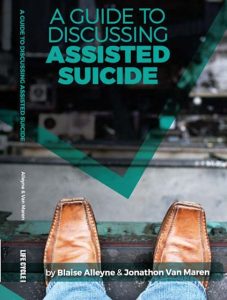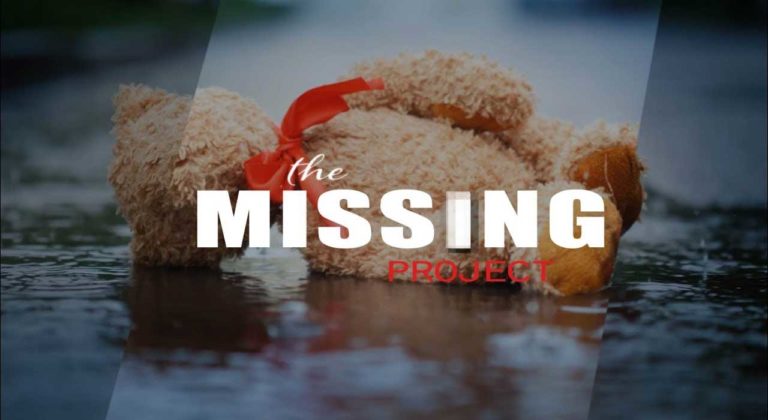Do you find it harder to make the case against euthanasia than against abortion? That might be, in part, because we have less experience – abortion has been legal in Canada since 1969, and euthanasia only since 2016.
Also, in abortion, we have victims who need advocates because they can’t speak for themselves, whereas in euthanasia the victims are also the perpetrators. How do you help someone who doesn’t want to be helped – who wants to die?
And consider how, in euthanasia, many of the cases involve terminal illnesses, and so have the same emotional tension as the hardest cases – those involving rape and incest – have in the abortion debate.
That’s why it’s more difficult.
JUST TWO OPTIONS
But, just as in the abortion debate, the key is to first find the central issue.
With abortion, the main question is, “Who is the unborn?” There are only two options. If the unborn is not human, there is no justification needed for “its” surgical removal. But if the unborn is human, then no justification is sufficient for killing him or her.
As in Blaise Alleyne and Jonathan Van Maren’s explain in their new book, A Guide to Discussing Assisted Suicide Similarly, the crux of opposition to euthanasia can also be boiled down to just one question:
How do we help those who are feeling desperate enough to want to kill themselves?
And again, there are only two options: either we prevent suicide, or we assist it.
Alleyne and Van Maren have given us a wonderful tool in this book. Their extensive experience in the pro-life movement is evident as they start by framing the debate. If we’re going to be effective, pro-lifers need to understand the three possible positions that people hold on this issue. They are:
- the split position – we should prevent some suicides while helping others
- the total choice position – anyone who wants to commit suicide should be helped to do so
- and the pro-life position – all life is precious, and all suicides are tragic
THE SPLIT POSITION
So how do we respond to the split position? Van Maren and Alleyne say that it is the job of pro-life apologetics is to show the split position’s inherent inconsistency. Suicide is tragic sometimes, but to be celebrated other times?
The authors then give ways to counter the reasons often used to justify some suicides, given by the acronym QUIT for:
- Quality of life
- Unbearable suffering
- Incurable condition
- Terminal prognosis
They spend 20 pages showing why these are fallacious reasons, so I can’t properly sum up their argument in just a line or two, but one underlying flaw to these justifications for suicide is that they are based on ageism and ableism.
So in much the same way we can expose the inadequacy of many justification for abortion by bringing out an imaginary “two-year-old Timmy” (“What if the mother was too poor to have a baby?” “Would that be a good reason to kill Timmy?”) in the assisted suicide debate we can bring out an imaginary able-bodied 19-year-old. If someone opposes this 19-year-old committing suicide, why is it that they are fine with that 90-year-old doing so? Or that wheelchair bound lass? We can expose them for being ageist and ableist – treating people as less worthy of life based on their age or ability – and show them it is wrong to assist the suicide of anyone, of any age or level of health because as the authors put it, “suicide is a symptom [of despair], not a solution.”
TOTAL CHOICE
Next, the authors take on those are (sadly) willing to be consistent and advocate total choice for all who desire to be assisted in ending their lives.
Our only response is to insist that the suicidal need love even more than they need argument.
THE SOCIAL CONSEQUENCES
The fourth chapter shows how dangerous it is to accept either the split or the total choice position, because
- they have always involved a slippery slope toward more and more assisted killings
- they reduce the willingness to prevent suicide
- they undermine the morale of everyone who works in any facility that provides suicide assistance
THE PRO-LIFE POSITION
Finally, the authors show the pro-life position. We know, on the one hand, that life is a gift from God, so it is not to be thrown away, but on the other, that all life ends, and because of Jesus we need not fear death. So the pro-life position is not about continuing life at all costs. It allows for:
- the refusal of burdensome treatment
- the use of pain medication, even when that risks hastening death, as long as the intent of such medication is to alleviate pain rather than to kill
The pro-life position also offers positive responses to the suicidal: psychological health resources, pain management, palliative care, and dignity therapy. The authors end with two pleas:
- “Let death be what takes us, not lack of imagination.” In other words, may no-one ever have their death hastened because we refuse to imagine how we may show more compassion.
- “As people who believe in the dignity and value of every human life, it is our responsibility to…. persuade people that assisted suicide is wrong.”
In their Guide to Discussing Assisted Suicide Alleyne and Van Maren have done an admirable job of giving us the tools to carry out that responsibility. Given the urgency of the push toward euthanasia in both Canada and U.S., we need to read this book.
“A Guide for Discussing Assisted Suicide” can be ordered at lifecyclebooks.com (where you can also find the option to buy in bulk for your pro-life group or circle of friends at greatly reduced prices). This article was originally published under the title “Speaking against suicide: a summary review of ‘A Guide to Discussing Assisted Suicide’.”













